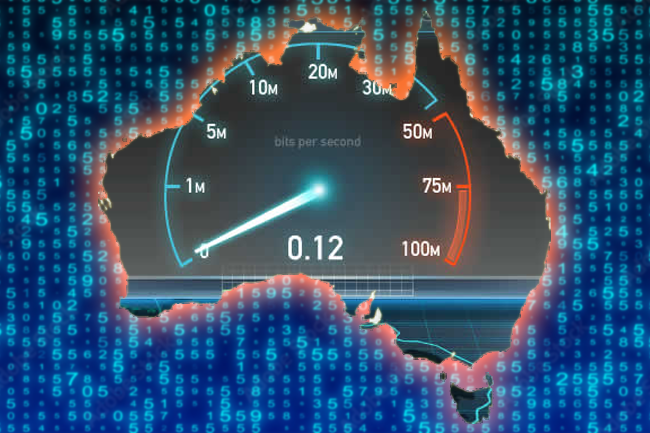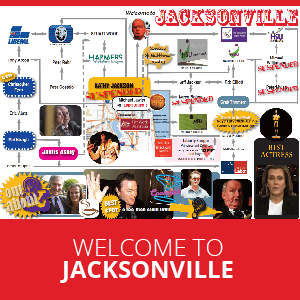Australia may be online, but a growing gap in speed, skills and strategy shows we’re losing pace with global digital leaders. Paul Budde reports.
THE INTERNATIONAL Telecommunication Union’s new Facts and Figures 2025 report has been widely welcomed for highlighting a landmark moment: six billion people are now online, roughly three-quarters of the global population.
But while the world celebrates a major step forward, the report also reveals a more complex story about the changing nature of the digital divide. It is a story that Australia should pay close attention to.
For years, Australia has relied on near-universal access to claim success in the digital sphere. Yet the ITU makes it clear that the old divide based on access is being replaced by a new one based on quality, affordability, speed and skills.
On these measures, Australia is drifting rather than leading. A few weeks ago, I reported on Australia's innovation paralysis and with yet more research conducted at the CSIRO, this looks like getting worse rather than better.
The new divide: quality over access
Australia appears in the ITU’s high-income category, where internet use is above 90 per cent. But this classification obscures the fact that countries within this group are not performing equally. South Korea, Japan, Singapore and the Scandinavian countries continue to push ahead with strong fibre networks, near-universal 5G, high affordability and coordinated digital-skills programs.
Australia, meanwhile, is still dealing with the consequences of the multi-technology mix that shaped the National Broadband Network (NBN) and created enduring disparities in speed and reliability. In an earlier article on Telstra’s reconceptualisation of infrastructure, I argued that Australia’s telecommunications system has long been built on short-term compromises rather than long-term strategy.
The ITU’s global comparison reinforces that point. Nearly everyone here is online, but the system they rely on increasingly looks middle-of-the-pack rather than world-class.
Usage is not the same as capability
One of the more striking findings in the ITU report is the difference in data use between countries. In high-income nations, average mobile data consumption is nearly eight times higher than in low-income countries. This reflects greater use of cloud services, online administration, remote work tools, high-bandwidth content and AI-enabled platforms.
Australians are heavy users, but our digital infrastructure is not keeping up with the direction of the global economy. A high level of use can mask underlying weaknesses: inconsistent fixed-network quality, growing network congestion and an affordability environment that continues to put stress on lower-income households. As I noted in my recent article on energy and digital resilience, essential infrastructure systems now reinforce one another. When telecoms policy stalls, the consequences spill over into productivity, economic opportunity and long-term competitiveness.
Affordability pressures are real
The ITU reports that mobile data remains unaffordable in a majority of low and middle-income countries. Australia is not in that category, but affordability problems are becoming more visible. Broadband prices remain high compared to other OECD economies and mobile plans have climbed steadily in cost. Digital exclusion persists among older Australians, people with disabilities, Indigenous communities and low-income households.
Affordability is not simply a question of price. It shapes the ability of the population to participate fully in digital society. Access to education, healthcare, government services and secure online activity all depend on quality, affordable connectivity. Australia still lacks the policy coherence needed to ensure this is achieved. The recent 000 outages are pointing in the direction of access problems, a combination of failing infrastructure and handset problems. Add satellites to it and the whole access situation will become only more complex.
Slowing progress on mobile leadership
Globally, 5G coverage now reaches over half the world’s population and more than 80 per cent of people in high-income countries. While Australia has extensive 5G deployment in the major cities, rural and regional coverage remains inconsistent. Internationally, Australia no longer belongs to the top cohort. Countries across Asia, the Middle East and Europe have already moved beyond the first wave of 5G deployment and are integrating fibre and 5G into unified national strategies.
Our slower progress is due to structural issues long identified in previous IA articles: concentrated market power, regulatory caution, limited infrastructure competition and the long shadow of the NBN rollout. The risk is not that Australia is behind today, but that the distance between us and the global leaders is widening.
The skills gap is widening
The ITU highlights another divide that does not show up in connection statistics: digital skills. While basic skills are widespread globally, more advanced skills such as cybersecurity awareness, digital content creation and online problem-solving are lagging. This mirrors the Australian situation, where AI literacy remains low, cybersecurity capacity is insufficient and the education system has been slow to integrate digital skills into curriculum reform.
In my article on moral reasoning and digital societies, I argued that technology adoption without capability creates a false sense of progress. The ITU’s findings point in the same direction.
What this means for Australia
Australia is one of the most connected countries in the world, but connection alone no longer defines digital leadership. The ITU’s global benchmarks point to several areas where Australia needs renewed ambition: a coherent national digital strategy, integrated fibre and 5G planning, investment in digital skills, stronger digital sovereignty policies and improved affordability. Without these, Australia risks becoming a country that is online, but not fully equipped for the next stage of the digital age.
The world is moving toward high-quality, resilient, intelligent digital systems. Australia can still choose to lead, but that will require policy decisions that move beyond the complacency of simply being connected.
Paul Budde is an IA columnist and managing director of independent telecommunications research and consultancy, Paul Budde Consulting. You can follow Paul on Twitter @PaulBudde.
 This work is licensed under a Creative Commons Attribution-NonCommercial-NoDerivs 3.0 Australia License
This work is licensed under a Creative Commons Attribution-NonCommercial-NoDerivs 3.0 Australia License
Support independent journalism Subscribe to IA.

Related Articles
- NBN fibre rollout reaches A.C.T. in long-delayed final phase
- OECD slams broadband inequality in Australia
- Fibre after the fact: NBN’s retrofit scramble confirms flawed copper legacy
- Australians deserve an NBN built for connectivity, not complacency
- NBN in Australia: Speeding ahead, but the system still lags behind













